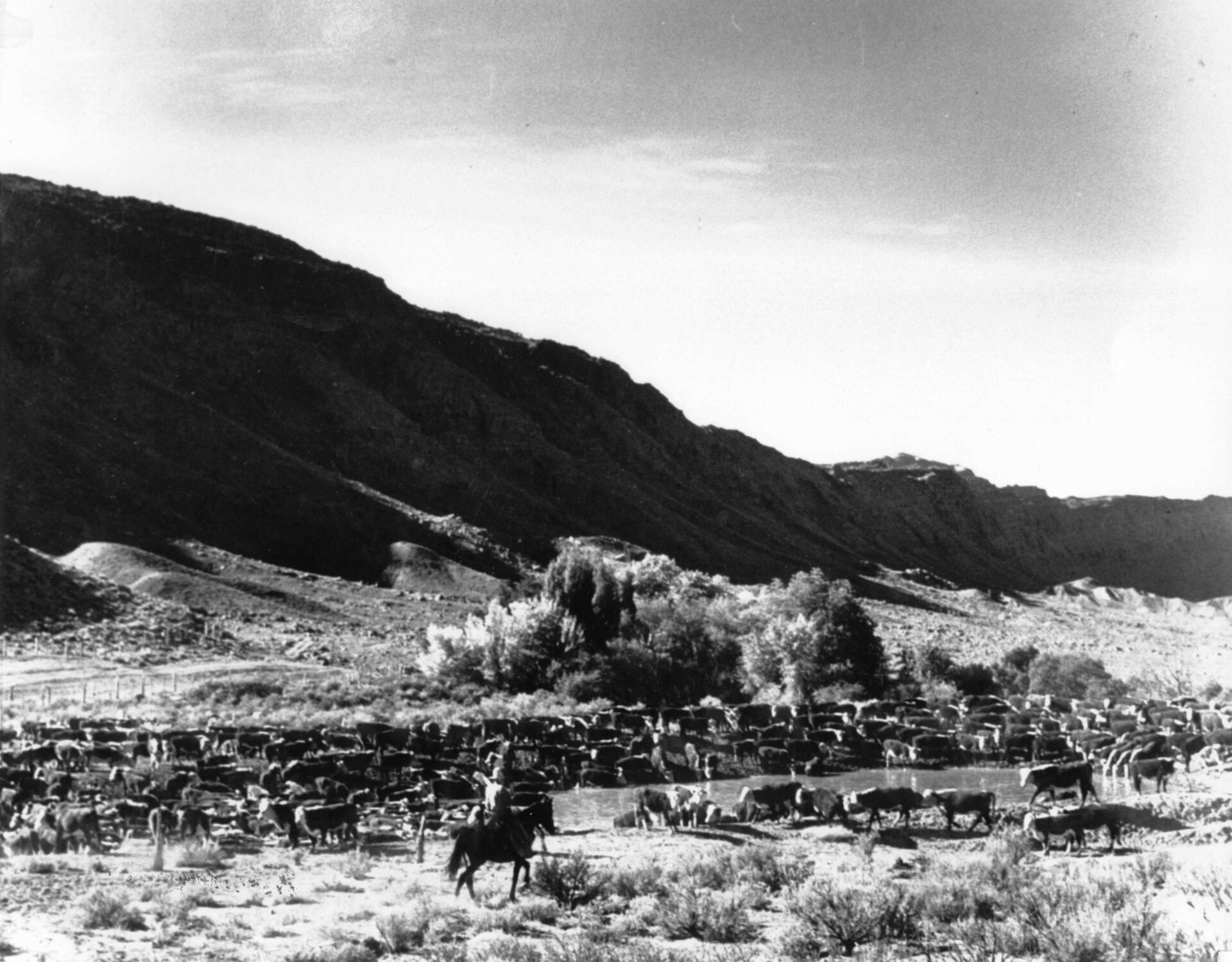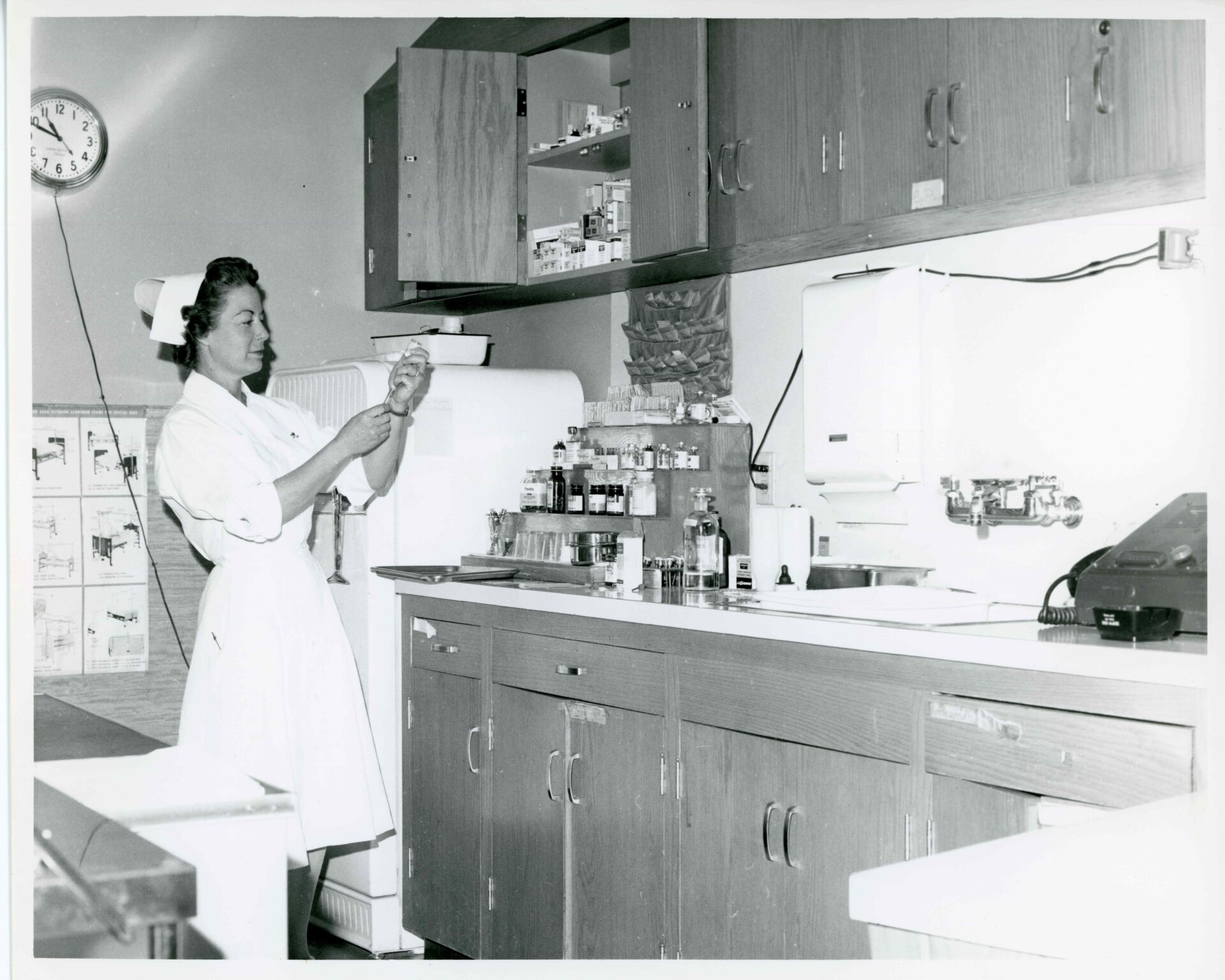The Moab Museum is proud to display ten striking Diné (Navajo)-woven baskets through the end of the current temporary exhibition. The baskets are on loan from the Twin Rocks Trading Post in Bluff, UT. In this week’s column we explore two of the weavers whose work is featured this month at the Museum.


“Monument Valley or Bust” & “Black Spider and Snake” by Lorraine Black, on loan from The Twin Rocks Trading Post, Bluff, UT.
Lorraine Black
Lorraine Black is known for her bold creativity and her infectious laugh. The third daughter of Mary Holiday Black, Lorraine grew up helping gather and prepare basket materials. Lorraine says inspiration often comes to her in dreams. She weaves important events in Diné (Navajo) history and scenes of daily life in Dinétah (the Diné homeland).
Lorraine is perhaps the only Diné weaver who includes images of snakes, powerful and potentially dangerous symbols, in her baskets. Her creativity cannot be contained by the flat surface of a basket. She creates texture and detail in her designs with overstitching and adds objects, like flint arrowheads, to baskets. Some of her woven horses utilize real horsehair. A domed hogan rises from the center of some of her baskets. Lorraine is an award-winning weaver whose colorful and intricate creations explore and push the boundaries of her culture and art.


Joann Johnson
Joann Johnson is a fourth-generation basket weaver and speaks passionately of this tradition in her family:
“Weaving is a gift, I learned it from my mother (Betty Rock Johnson), who learned from her mother, who learned from her mother, my great-grandmother Ida Bigman. I feel close to her when I am weaving a basket.”
After graduating from high school, Joann studied history and business at the College of Eastern Utah and Southern Utah University. When she returned to Tsé Bii’ndzisgai (Monument Valley) in 1992, her family introduced her to new basket designs. An award-winning weaver, Joann has an incredible sense of color and is renowned for capturing the hues of the Monument Valley landscape and sky in her baskets. “I have a sketchpad and I use colored pencils. I work out the colors… I go around and look at things, see the shadow and how [the colors] blend… It comes to me naturally…”
To learn more about the artists visit the Natural History Museum of Utah’s Collections Page which highlights Diné weavers highlighted in this collection.
The Moab Museum is dedicated to sharing stories of the natural and human history of the Moab area. To explore more of Moab’s stories and artifacts, find out about upcoming programs, and become a Member, visit www.moabmuseum.org.



